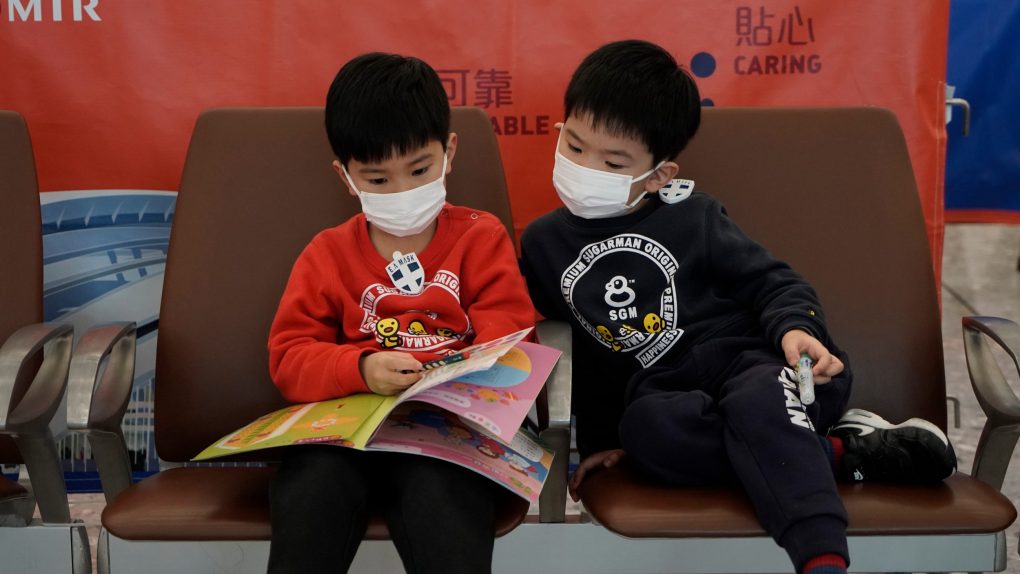- A newborn in Peru tested positive for the novel coronavirus, prompting doctors to conclude COVID-19 was transmitted from his mother.
- Other studies have shown that vertical transmission might occur, although it’s unclear how or why it can happen.
- Transmission from mother to fetus hasn’t been widely observed, and only a few cases may have been registered so far.
- Visit BGR’s homepage for more stories.
The novel coronavirus virus spreads primarily by contact with microscopic droplets containing the virus from an individual. Said droplets could be ejected via a cough or sneeze by the infected person, and a healthy person nearby could inhale them. The same droplets could land on various surfaces and objects or they might end up on someone else’s hands, and they could reach the eyes, nose, or mouth of the healthy person. But there may be another way COVID-19 spreads, and that’s from a mother to her unborn baby. The newest reported case comes from Peru, but studies have shown similar events in other countries.
A baby was born on Wednesday in Moyobamba, San Martín, and he became the first case in Peru where contagion through the placenta was confirmed, according to Canal N.
The birth occurred in the early hours of the morning on April 15th via C-section with strict biosecurity measures in place for the surgical intervention. Both the mother and the son are stable without any symptoms, and the mother is a known asymptomatic COVID-19 patient. Moyobamba Assistance Network director Álvaro Bardalez Vela said this would be the first case of the birth of a child with coronavirus in the country and the second in the world. He may be right about Peru, but there have been other suspected cases where newborns were diagnosed COVID-19 positive after birth.
Three separate studies raised concerns that the novel coronavirus can infect a fetus in the womb, StatNews reported nearly three weeks ago. The studies were unable to determine why it happens, how often it can happen, or what risks it might post to the fetus.
Two papers were published in mid-March in the Journal of the American Medical Association, reporting that a COVID-19 antibody was found in newborns. However, it shouldn’t have been passed across the placenta. “Although infection at delivery cannot be ruled out, IgM antibodies usually do not appear until three to seven days after infection, and the elevated IgM in the neonate was evident in a blood sample drawn 2 hours after birth,” wrote doctors from Wuhan.
The third study published in JAMA Pediatrics detailed three cases of COVID-19-positive babies born in China from a cohort of 33 women who were infected. These babies were not tested until two days after the birth though, so the infection could have occurred after birth. The three babies showed COVID-19 symptoms, including lethargy, shortness of breath, fever, and one baby’s CT had signs of pneumonia. All of them recovered within a week.
In early March, a similar study from Wuhan detailed the observations of nine infected women who gave birth by C-section after having tested positive during their third trimesters. The study said the virus wasn’t found in amniotic fluid, cord blood, or breast milk samples from six of the patients.
While most babies and children seem to recover from COVID-19, there are some exceptions. In mid-March, a study looking at the SARS-CoV-2 infection in children reported the death of a 10-month old who developed intussusception (intestinal blockage) and multiorgan failure.
As with other aspects of the novel coronavirus, more research is required on the matter of vertical transmission. If you’re expecting a baby during this period, you should make sure you seek guidance from your doctor, especially if you’re experiencing COVID-19 symptoms.








